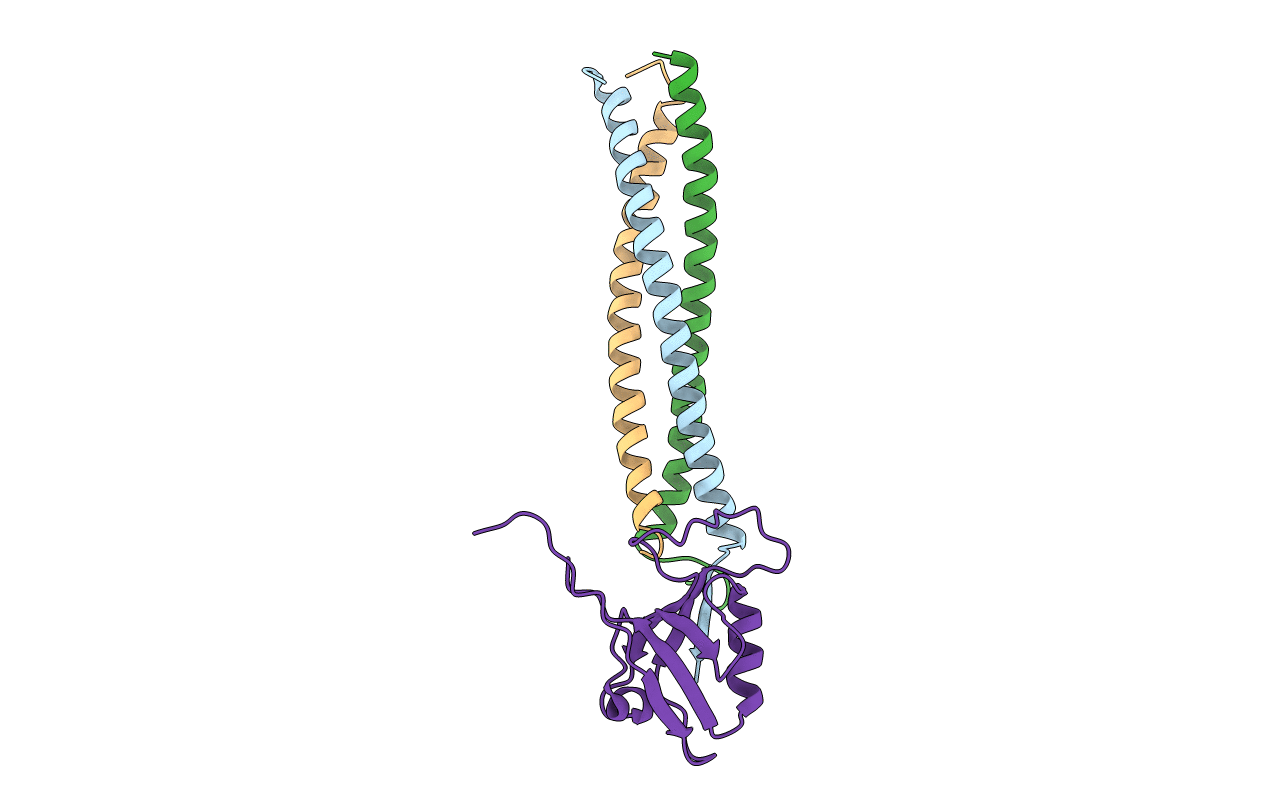
Deposition Date
2009-12-19
Release Date
2010-02-16
Last Version Date
2023-11-01
Entry Detail
PDB ID:
3L4F
Keywords:
Title:
Crystal Structure of betaPIX Coiled-Coil Domain and Shank PDZ Complex
Biological Source:
Source Organism:
Rattus norvegicus (Taxon ID: 10116)
Host Organism:
Method Details:
Experimental Method:
Resolution:
2.80 Å
R-Value Free:
0.30
R-Value Work:
0.27
R-Value Observed:
0.27
Space Group:
P 32 1 2


